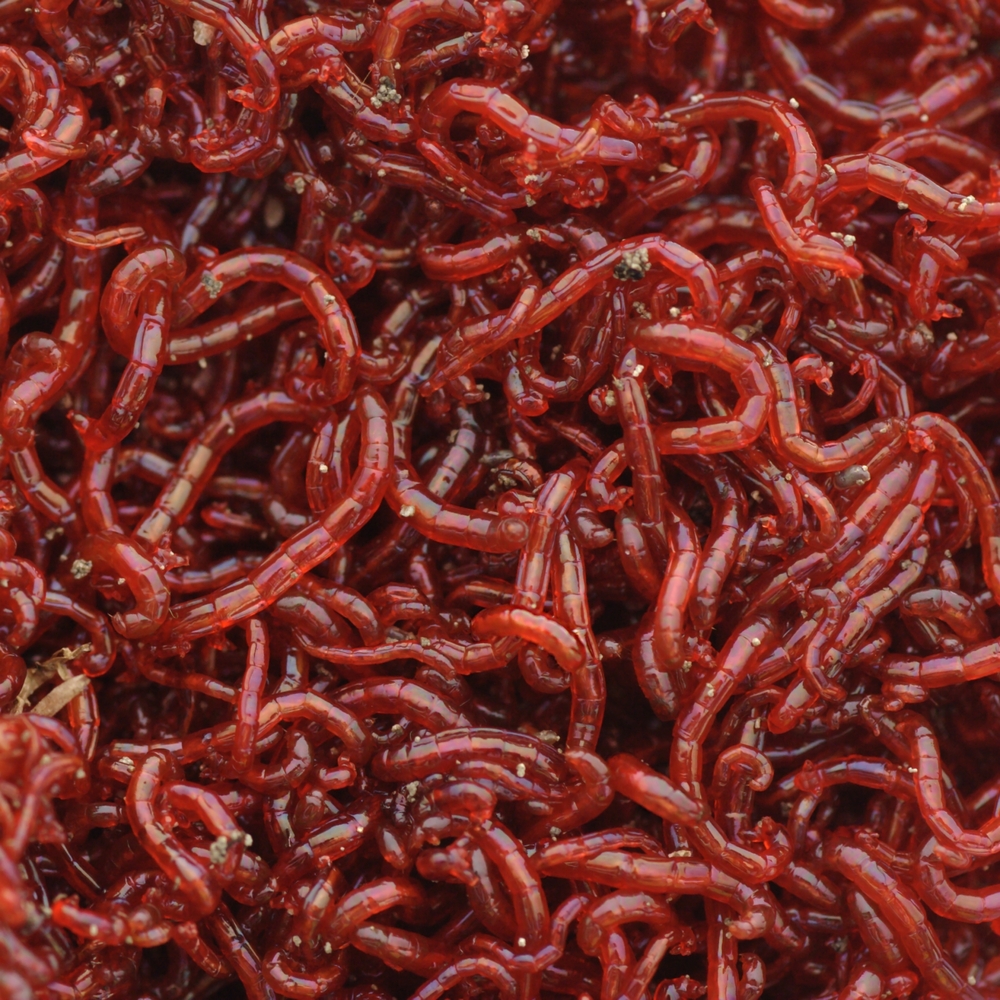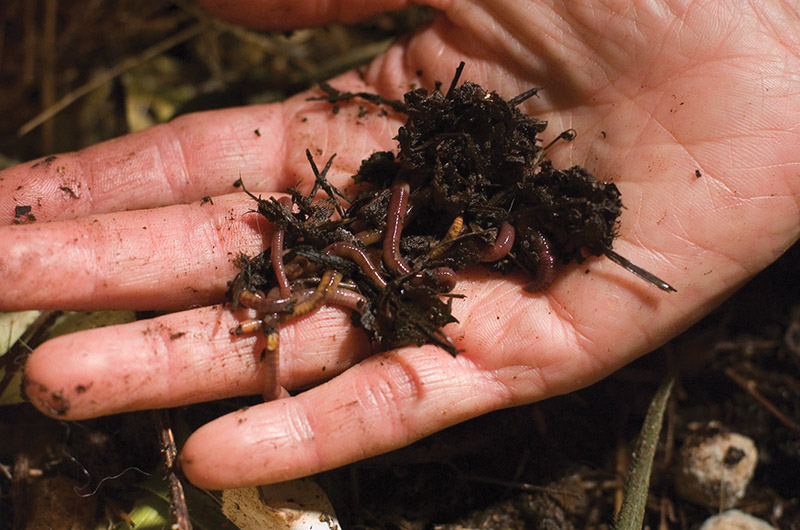Red Wigglers: Your Eco-Friendly Option for a Greener Garden
Red wigglers, or Eisenia fetida, offer a sustainable strategy to improving yard health via vermicomposting. These worms not only promote the break down of natural waste but likewise contribute to enhanced dirt structure and fertility. By incorporating red wigglers right into your gardening methods, you can effectively handle waste while supporting a dynamic ecological community (red worms). The benefits prolong beyond mere composting; recognizing the subtleties of their care and optimal use can substantially boost your horticulture efforts. What vital techniques can guarantee your vermicomposting system thrives while maximizing its effect on your yard's vigor?
What Are Red Wigglers?
Although typically mistaken for normal earthworms, red wigglers (Eisenia fetida) are a distinctive species recognized for their effectiveness in composting organic issue. These worms prosper in abundant, organic settings, such as compost heaps and vermicomposting systems, where they play a crucial role in damaging down waste. Unlike their more typical counterparts, red wigglers favor a warmer habitat, typically in between 55 ° F and 77 ° F, which optimizes their activity and performance.
Red wigglers are defined by their reddish-brown coloration and segmented bodies, which can mature to four inches in size. They possess a special ability to take in and absorb organic products at an impressive rate, refining up to half their body weight daily. This fast decomposition process not only enhances the dirt but likewise adds to the overall health and wellness of the yard community.
In regards to recreation, red wigglers are prolific, efficient in generating cocoons that contain several eggs. This permits fast population growth, making them an excellent choice for composting ventures. Their flexibility and ravenous appetite for organic waste setting red wigglers as a crucial ally for environmentally conscious gardeners looking for lasting techniques.
Advantages of Using Red Wigglers
Utilizing red wigglers in the garden provides many advantages that improve both soil high quality and plant wellness. These earthworms are exceptional decomposers, breaking down raw material such as kitchen area scraps and lawn waste into nutrient-rich castings. These castings, typically referred to as "worm gold," supply necessary nutrients that boost dirt fertility, advertising lively plant development.
Red wigglers additionally improve soil framework. The existence of red wigglers enhances microbial task in the dirt, creating a growing ecological community that contributes to disease resistance and boosted plant health and wellness.
Another considerable advantage of using red wigglers is their capability to reduce waste. In summary, incorporating red wigglers into gardening techniques yields considerable advantages, making them a valuable addition to any kind of eco-conscious garden.
Exactly How to Begin Vermicomposting
To begin vermicomposting, it's necessary to create a suitable setting for red wigglers to grow, as their success straight affects the efficiency of the composting process. Beginning by choosing a container, such as a plastic or wooden bin, with adequate water drainage and air flow. A size of approximately 2 square feet is ideal for a house, permitting a workable worm population.
Following, prepare bed linen material that is wet however not overly damp. Shredded newspaper, cardboard, and coconut coir are excellent selections, supplying a comfortable environment while likewise working as a carbon source. Fill up the bin with 4 to 6 inches of bed linens.
After developing the bedding, present your red wigglers. A common beginning populace has to do with 1 extra pound of worms, which can consume about half a pound of food scraps daily. It is vital to include food scraps gradually, concentrating on vegetable peelings, fruit waste, and coffee premises, while avoiding meat, milk, and oily foods to avoid smells.
Maintaining a Healthy And Balanced Worm Bin
As soon as your red wigglers are worked out right into their new bed linen, keeping a healthy worm container becomes extremely important to guarantee optimum composting conditions. The main variables to keep track of consist of moisture, temperature level, and oygenation. Ideally, the worm bin need to be kept damp yet not soggy; a humidity degree around 60-70% is optimum. To achieve this, consistently check the bed linen and include water as required, while also utilizing completely dry materials such as shredded newspaper to take in excess dampness.
Temperature level control is just as crucial. Red wigglers grow in settings in between 55 ° F and 77 ° F(13 ° C to 25 ° C) Prevent subjecting the bin to extreme temperature levels; severe warm can kill the worms, while excessive cold can reduce their task.
Aeration is important to stop anaerobic conditions, which can lead to undesirable smells and harm the worms. Turn the bed linens carefully every few weeks to advertise air movement and distribute food evenly.
Feeding your red wigglers is an additional essential element. Offer a well balanced diet plan of kitchen area scraps, preventing citrus and spicy foods, which can be harmful to their health and wellness. By consistently keeping track of these elements, you can ensure a growing environment within your worm bin.

Tips for Using Worm Castings
Regularly integrating worm spreadings into your yard can significantly improve dirt health and plant development. To effectively use worm spreadings, begin by identifying the ideal application rate, which normally varies from 10-20% of the total dirt quantity. This ensures ideal nutrient schedule without frustrating your plants.
When applying worm castings, blend them right into the top few inches of soil around well-known plants or incorporate them into your seed-starting mix for new plants. This technique promotes root advancement and enhances dampness retention. In addition, consider creating a worm tea by steeping worm castings in water for 24-48 hours. This nutrient-rich fluid can be made use of as a foliar spray or dirt saturate, providing an instant boost to your plants.

Final Thought
The use of red wigglers in horticulture practices offers a sustainable method to throw away management and dirt enrichment. The assimilation of red wigglers into gardening regimens ultimately supports both environmental equilibrium and agricultural efficiency. red worms.
Comments on “Organic red worms: Perfect for sustainable gardening”